The History of Fall Festivities
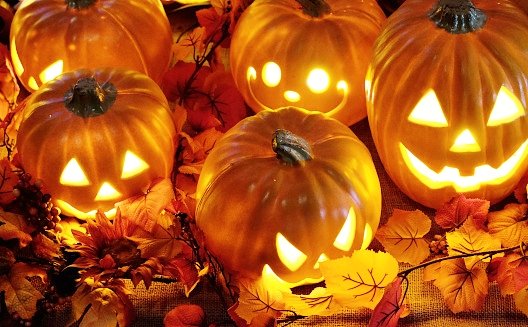
We all love celebrating certain activities around the holidays, and a lot of us celebrate not even knowing where the idea originated from. I feel like it makes things a little more authentic and enjoyable when knowing the history behind the things I do. So, I thought I would share some history behind the two biggest events in the month of October.
History of Halloween
Halloween originates from the Celtic holiday of Samhain. The ancient Celtic people used to mark the day to commemorate the end of harvest season and winter's beginning. Halloween also was viewed as a bridge to the world of the dead.
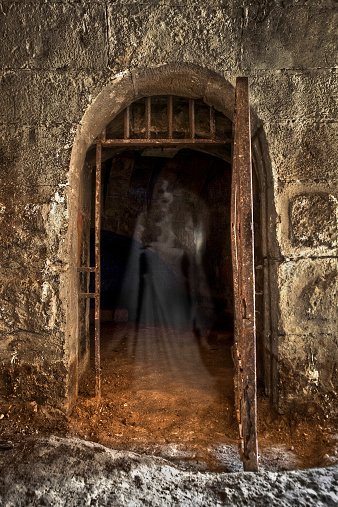
It was a mistaken belief from Evangelical Christians that Halloween was based on hellish practices because of its pagan roots. The Celts had no concept of Satan, nor did they praise anything looking like the Christian Devil or Lucifer.
The American Halloween custom of "trick-or-treating" probably dates back to the early All Souls' Day parades in England. Throughout the festivities, poor citizens would ask for food and households would give them pastries called "soul cakes" in return for their pledge to wish the household's dead family members. The distribution of soul cakes was encouraged by the church as a way to change the ancient practice of leaving food and wine for wandering spirits. The practice, which was referred to as "going a-souling" was ultimately used up by children who would check out the houses in their area and be offered ale, food, and cash.
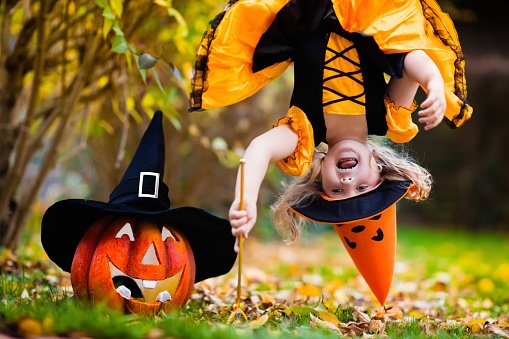
The tradition of wearing outfit for Halloween has both European and Celtic roots. Centuries ago, winter was an unsure and frightening time. Food materials frequently ran low and, for the many individuals afraid of the dark, the short days of winter were full of consistent concern. On Halloween, when it was thought that ghosts came back to the earthly world, people believed that they would experience ghosts if they left their homes.
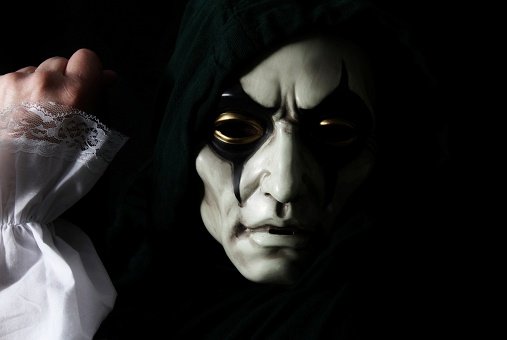
To avoid being recognized by these ghosts, individuals would wear masks when they left their houses after dark so that the ghosts would mistake them for fellow spirits. On Halloween, to keep ghosts away from their homes, people would put bowls of food outside their the homes of calm the ghosts and prevent them from trying to enter.
History of Oktoberfest
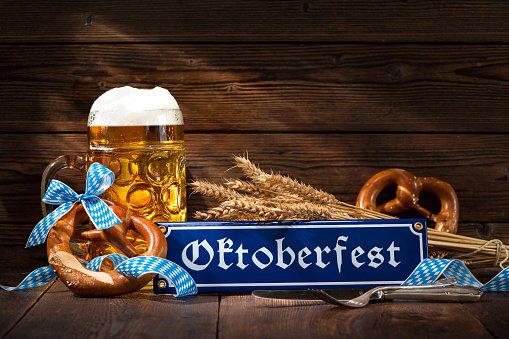
The Oktoberfest tradition started in 1810 to commemorate the October 12th marriage of Bavarian Crown Prince Ludwig to the Saxon-Hildburghausen Princess Therese. The people of Munich were welcomed to participate in the festivities which were held over five days in front of the city gates. The main event of the first Oktoberfest was a horse race.
Anniversary celebrations were held yearly afterward that eventually ended up being bigger and more elaborate. A farming show was added throughout the 2nd year. Such amusements were few in the very first years of the celebration, but party-goers were amused by the tree climbing competitors, wheelbarrow and sack races, mush eating contests, barrel rolling races, and goose chases. By 1870s, mechanical rides were an expansion of the celebration and in 1908, the festival boasted Germany's very first roller coaster.
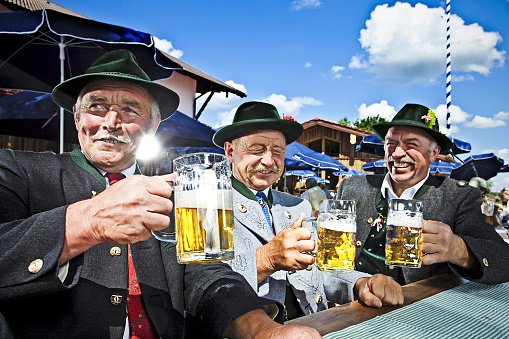
When the city started permitting beer on the fairgrounds, makeshift beer stands began cropping up, and their number increased progressively till they were eventually replaced by beer halls in 1896. The beer halls, like the beer tents of today, were sponsored by the regional breweries.
The celebration was eventually prolonged and moved ahead to September to permit much better weather. Today, the last day of the festival is the very first Sunday in October.
I had no idea about any of this stuff! Upvoted and resteemed :)
It's way cool to learn about this kind of stuff huh?!
Wow. This is very interesting! I liked the explanation about Halloween! Upvote for you!
If you are interested in history, see my Today in History article.
Thanks, now I'm following you :)